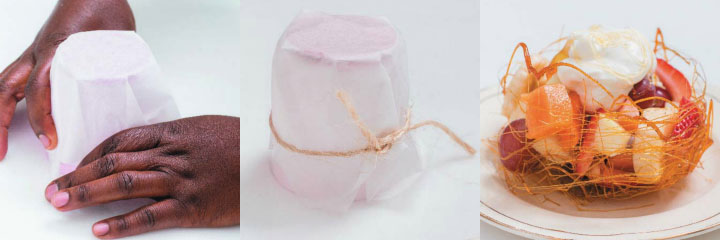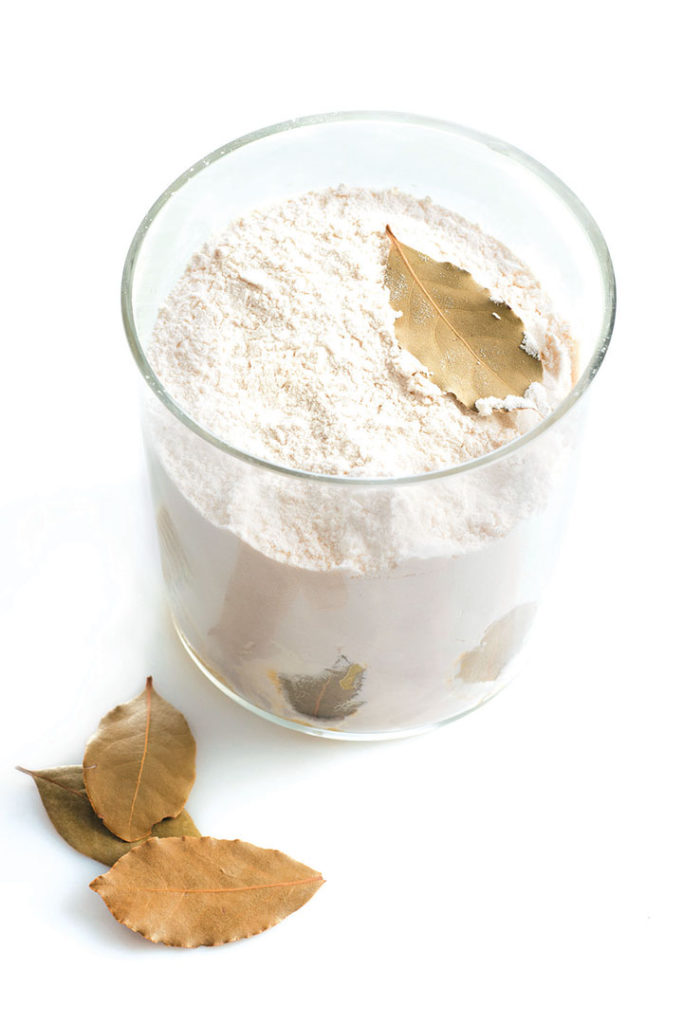1. Listada de Gandia, often considered a Spanish heirloom and grown around Gandia in Valencia, Spain, is one of the prettiest aubergine varieties, with thin, purple stripes on white flesh. Their skin is softer than the well-known, dark purple Nadia aubergine, and the flavour much sweeter. Aubergines are generally salted prior to cooking – not only does this assist in drawing out bitter juices, it also helps with less oil being absorbed by the aubergines when frying.
2. A great source of vital amino acids, fibre, vitamins and minerals, beans are essential in any healthy diet. According to Nicole Sacks, dietician for Pouyoukas Foods, “they are high in fibre and low in fat. One cup of beans contains about 12g fibre. We need around 25g fibre a day, so you can meet your requirements by adding beans to your diet. Beans have a low GI, which means they keep you fuller for longer.” Store your dried beans in airtight jars in a cool, dry place and they can keep for a year or more!
3. Why seed a tomato? The seeds and their ‘gel sac’ retain liquid, so dishes like salsa, stuffed tomatoes and Israeli salad call for tomatoes to be seeded to avoid a watery consistency.
4. Did you know that adding a few dried bay leaves to flour will keep insects away?
5. Fancy making sugar cups? Boil 80ml water and 225g sugar without stirring or until the sugar reaches caramel stage, about 160ºC, 20 minutes. Remove from the stove and allow to cool, 5 minutes. In the meantime, wrap a short glass with baking paper and secure with string (see photograph). Spray with cooking spray. Using a fork, ‘spin’ the cooled sugar around the prepared glass, vertically and horizontally, to form thin strings of caramel. Set aside to cool, about 10 minutes. Carefully remove the cup when dry and use as an edible bowl in which to serve dessert or fruit salad. Makes 2 sugar cups.


